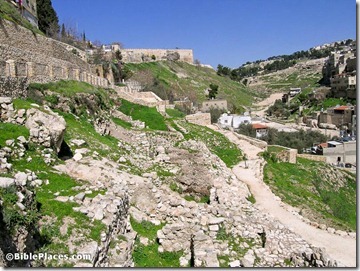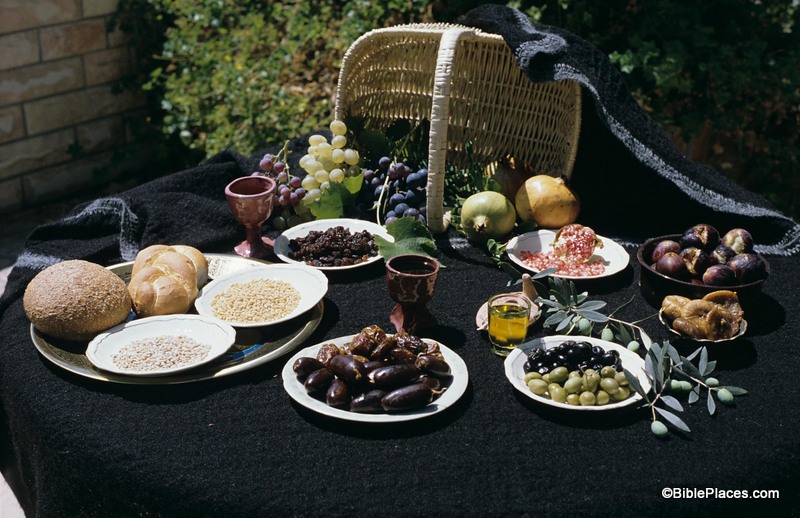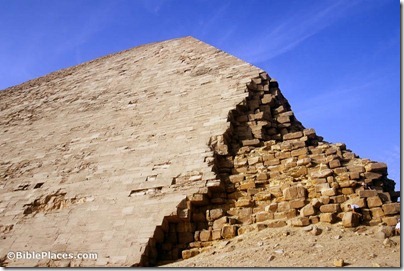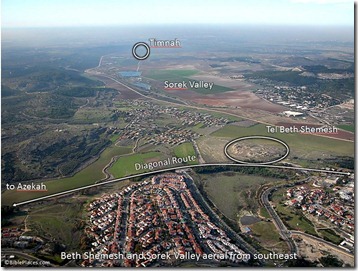Israel’s left-wing newspaper, Haaretz, reports on an agreement between Tel Aviv University and the Israel Antiquities Authority for a new excavation in the City of David.
A right-wing organization active in settling Jews in controversial parts of East Jerusalem, is providing the funds for excavations by Tel Aviv University archaeologists on a contentious site near the City of David.
The excavations funded by the Elad organization have drawn the ire of Palestinian residents, as well as international and Israeli left-wing organizations. Some archaeologists say that the methodology – tunneling under village houses, and the speed at which the excavations are to be performed – violates accepted professional norms.
This is the first time a university has decided to formally take part project in such an excavation. The dig will be conducted by Tel Aviv University’s Institute of Archaeology in coordination with the Israel Antiquities Authority, which will transfer funds from Elad to the university.
[…]
The excavation plans envisions work in what is known as area E, in the lowest part of the park, adjacent to the El-Bustan neighborhood of Silwan, where the Jerusalem Municipality is planning to establish a park called “King’s Garden.”
Critics question the role of Elad in the dig. “It’s hard to believe that the Antiques [sic] Authority, with its meager budget, has suddenly found sources to fund someone else’s projects,” says archaeologist Yoni Mizrachi of Emek Shaveh.
TAU archaeologist Prof. Rafael Greenberg, another Emek Shaveh activist, is more outspoken: “This is a clear politicization of research. Whoever is familiar with the area is aware that all the diggings are annexed to Elad, supervised by Elad, and separate from the site of the City of David. In practice, the project is to become part of Elad’s settlement drive.”
You can decide who is guilty of the “politicization of research.” Greenberg is wrong to imply that the archaeologists working in the City of David are forced to produce results compatible with a right-wing agenda. But you can understand why it’s driving the left-wingers nuts that one of their own would join the “enemy.”
The full article provides responses by Tel Aviv University and Elad.
Photo from the Jerusalem volume.



